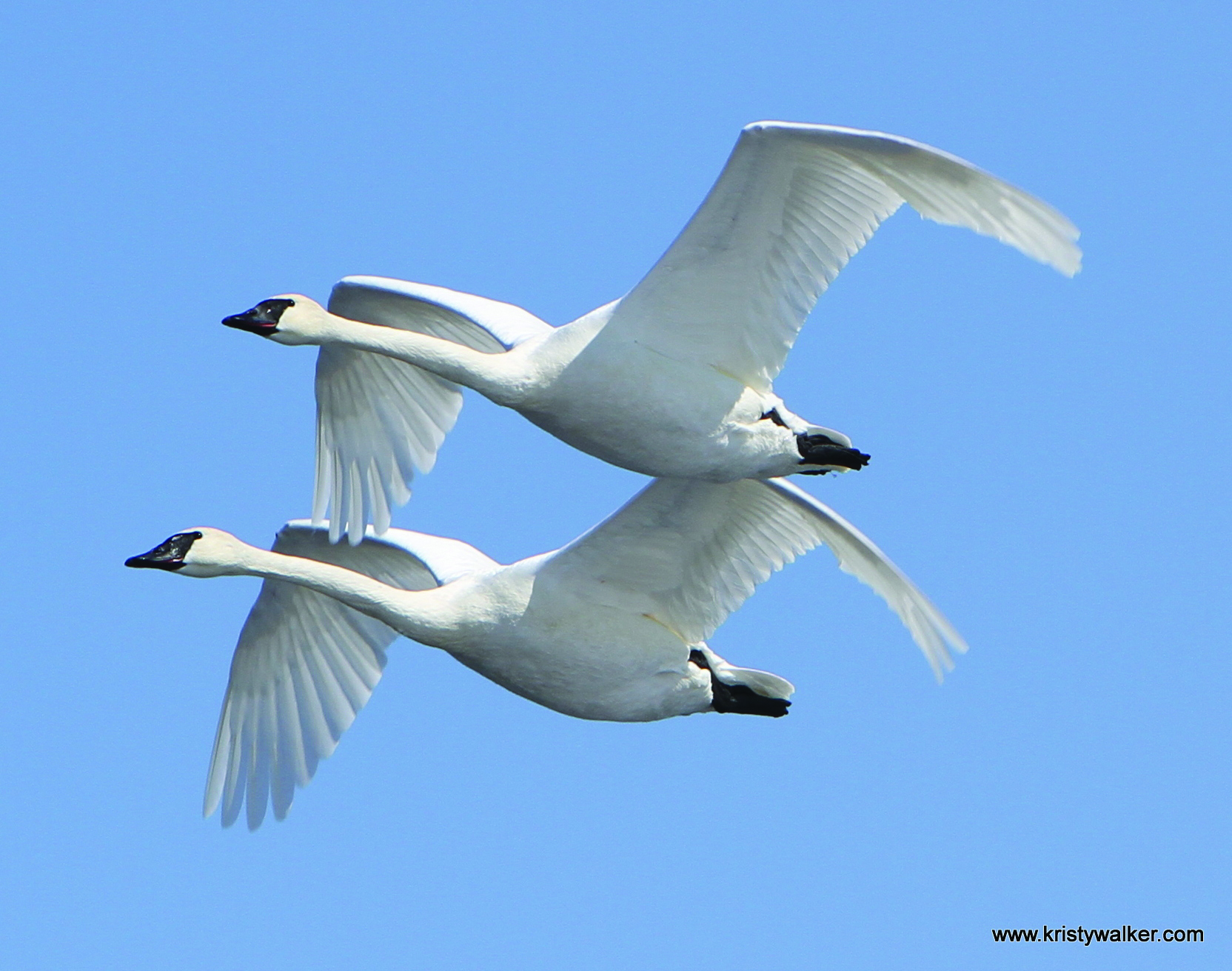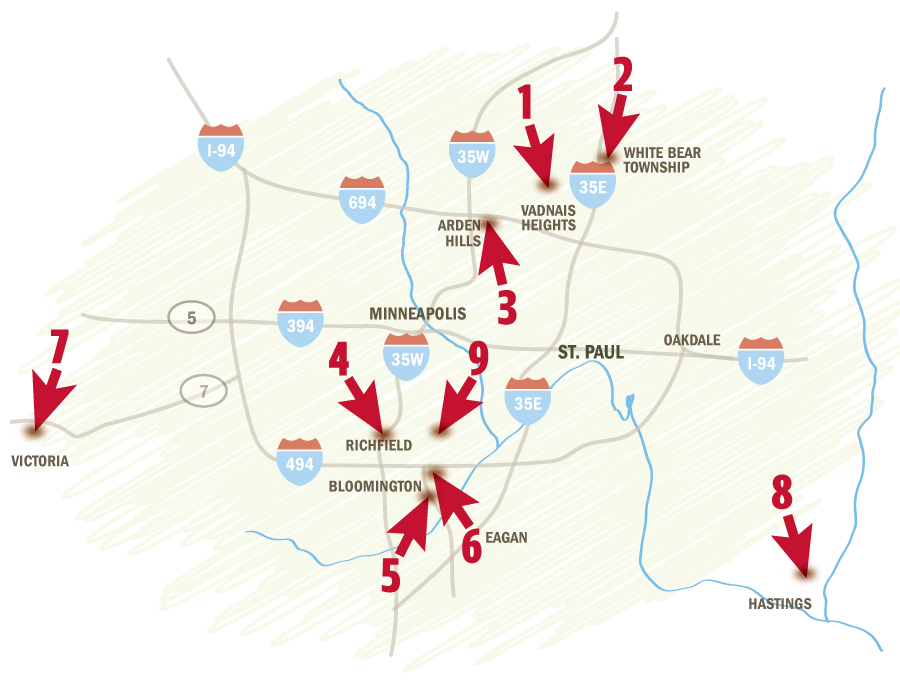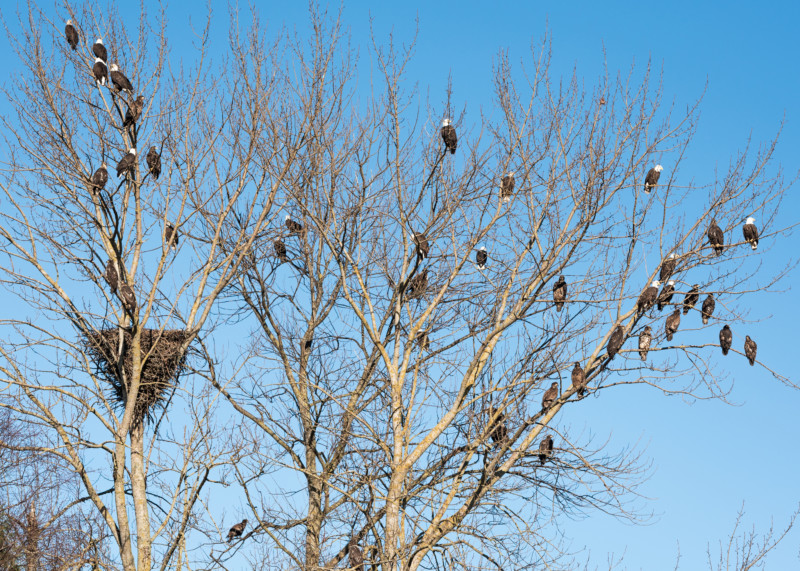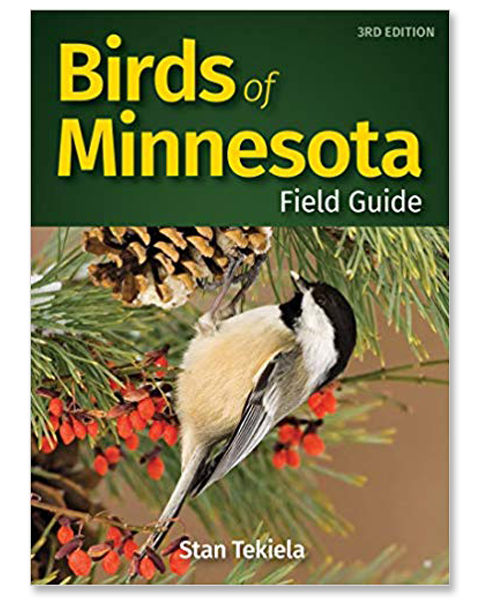With the busyness of the holidays behind us and the recent Winter Solstice leading us into longer days, that means more time and sunlight for watching our feathered friends. While bird watching (also known as birding) from the warmth of our homes elicits a sense of hygge and comfort, there are many wonderful birds that cannot be seen without venturing out into places where the crisp air and crunchy white winter snow wait to greet us.
The Cornell Lab of Ornithology eBird project provides great insight and data into the types of birds at many varying locations (called hotspots). Keep reading for a snapshot of several throughout the Twin Cities and within greater Minnesota – you may be surprised at how close one may be to your own home!


North Metro
If you are someone who lives in the North Metro or happen to find yourself up there with a pair of binoculars at hand, (1) Sucker Lake and Vadnais Lake in Vadnais Heights, (2) Tamarack Nature Center in White Bear Township, and (3) Tony Schmidt Regional Park in Arden Hills are all great places to see a variety of birds throughout the winter months.
While many of our backyard bird friends can be seen at these locations, you can also look forward to seeing species such as: Trumpeter Swans, Great Horned Owls, Barred Owls, Red-tailed Hawks, Brown Creepers, Hermit Thrush, White-winged Crossbills, Northern Shrikes, Red-breasted Nuthatches, Merlins, Townsend’s Solitaires, Common Redpolls, and many more.
South Metro
The South Metro is home to many of the most active Twin Cities eBird hotspots including (4) Wood Lake Nature Center in Richfield, (5) Old Cedar Avenue Bridge and (6) Bass Ponds (both part of the Minnesota Valley National Wildlife Refuge) in Bloomington, (7) Lowry Nature Center (part of Carver Park Reserve) in Victoria, and (8) Carpenter Nature Center in Hastings.
Similar to the North Metro, many of our usual backyard birds can be found throughout these locations along with Trumpeter Swans, Bald Eagles, Great Horned Owls, Barred Owls, Belted Kingfishers, Cooper’s Hawks, Brown Creepers, Hermit Thrush, White-winged Crossbills, Northern Shrikes, Northern Harriers, Northern Flickers, Common Redpolls, Winter Wrens, Fox Sparrows, and many more.
Along with these hotspots, there is a winter birding gem located within the south metro and an unexpected one at that! If you are looking to add a Snowy Owl to your birding checklist, the (9) Minneapolis Airport (specifically the MSP Aircraft Viewing Area, Cargo Rd) has been a very reliable location for several years to see these beautiful birds. If you are extra lucky you may also see Merlins, Horned Larks, or Snow Buntings while visiting.
Notable eBird sightings at local hotspots (2020-22)
|
Sucker Lake |
American Black Duck, Merlin, Sharp–shinned Hawk |
|
Vadnais Lake |
Common Goldeneye, Belted Kingfisher, Common Raven, Purple Finch, White-winged Crossbill, Hermit Thrush |
|
Tamarack Nature Center |
Cooper’s Hawk, Red-tailed Hawk, Pileated Woodpecker, Great Horned Owl, Common Redpoll |
|
Tony Schmidt |
Red-shouldered Hawk, Red-tailed Hawk, American Kestrel, Tufted Titmouse, Townsend’s Solitaire, Common and Hoary Redpoll, Pine Siskin, Song Sparrows, White-throated Sparrows, American Tree Sparrow |
|
Wood Lake Nature Center |
Great Horned Owl, Cooper’s Hawk, Northern Flicker, White-winged Crossbill, Brown Creeper, Northern Shrike, Pileated Woodpecker, Red-tailed Hawk, Bald Eagle, Wild Turkey |
|
Old Cedar Ave Bridge |
Virginia Rail, Rough-legged Hawk, Bald Eagles, Pileated Woodpeckers, Northern Flickers, Red-breasted Nuthatch, Winter Wren, Common Redpoll |
|
Bass Ponds |
Gadwall, American Black Duck, Common Goldeneye, Wilson’s Snipe, American White Pelican, Northern Harrier, Rough-legged Hawk, Belted Kingfisher, Winter Wren, Song Sparrow, Swamp Sparrow |
|
Lowry Nature Center |
Ring-necked Pheasant, Townsend’s Solitaire, Red-headed Woodpecker, Northern Shrike, Cedar Waxwing, Fox Sparrow, Sharp-shinned Hawk, Rough-legged Hawk, Barred Owl |
Venturing outside of the Metro
Planning on taking a trip outside of the Twin Cities during the first few months of the year? If you are heading south and have time, check out Colvill Park in Red Wing for great waterfowl birding and the National Eagle Center in Wabasha for winter Bald Eagle viewing. The National Eagle Center also does field trips and habitat tours where you can learn more about our national bird. Check out their website for more information at nationaleaglecenter.org.
If you drive through or are near Houston Minnesota, stop by and check out the International Owl Center, plan ahead if you’d like to go on one of their “Owl Prowls”, as they book up quickly! You can find more information on internationalowlcenter.org.
Sax-Zim Bog
One of the top places for winter birding will require a trip up north to the beautiful Sax-Zim Bog. Stop by the visitor center first and pick up a map and visit with fellow birders to find out what they’ve been seeing (and check out their new education center while you’re there!).
Evening Grosbeaks, Black-billed Magpies, Winter Wrens, Boreal Chickadees, Great Grey Owls, Pine Grosbeaks, Common Ravens, Purple Finches, Canada Jays, Black-backed Woodpeckers, Snow Buntings, Sharp-tailed Grouse, Red-breasted Nuthatches, Ruffed Grouse, Northern Goshawks, Northern Hawk Owls, and many more amazing birds await you during the winter at the bog.
If you’d like someone else to show you the ropes for your first visit, you can also sign up for their bird watching and raptor field trips on the Friends of Sax-Zim bog website: https://saxzim.org/events.


Useful tools
If you are interested in becoming better acquainted with eBird, there is a free class on the Cornell Lab of Ornithology’s Bird Academy website. Even if you aren’t someone who goes out birding, eBird can help to inform you of the birds being spotted in your area and what you can possibly look forward to seeing at your feeders, in all seasons of the year.
For more help identifying birds while you are out birding, try using the Merlin phone app, available on both Android and iPhone. It was developed by the Cornell Lab of Ornithology and can help with both visual and sound identification (but know that it isn’t 100% accurate and is best used as a tool to help narrow down what you could be hearing).
Looking for a field guide that is more analog? Check out some of the books we have in stock at the store, including local naturalist Stan Tekiela’s Birding for Beginners Midwest and Birds of Minnesota Field Guide (third edition), David Sibley’s The Sibley Guide to Birds (second edition), Roger Peterson’s Peterson Field Guide to Birds of Easter & Center North America (seventh edition) and for those more experienced birders, local birder Robert B. Janssen’s Birds in Minnesota.
Article by Bloomington Staff Member DANIELLA COLLIER

